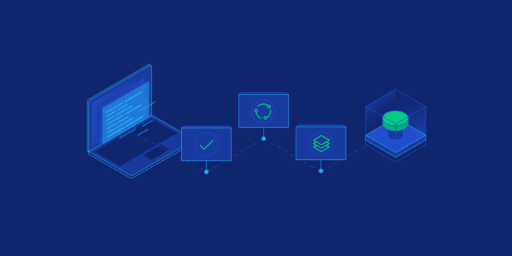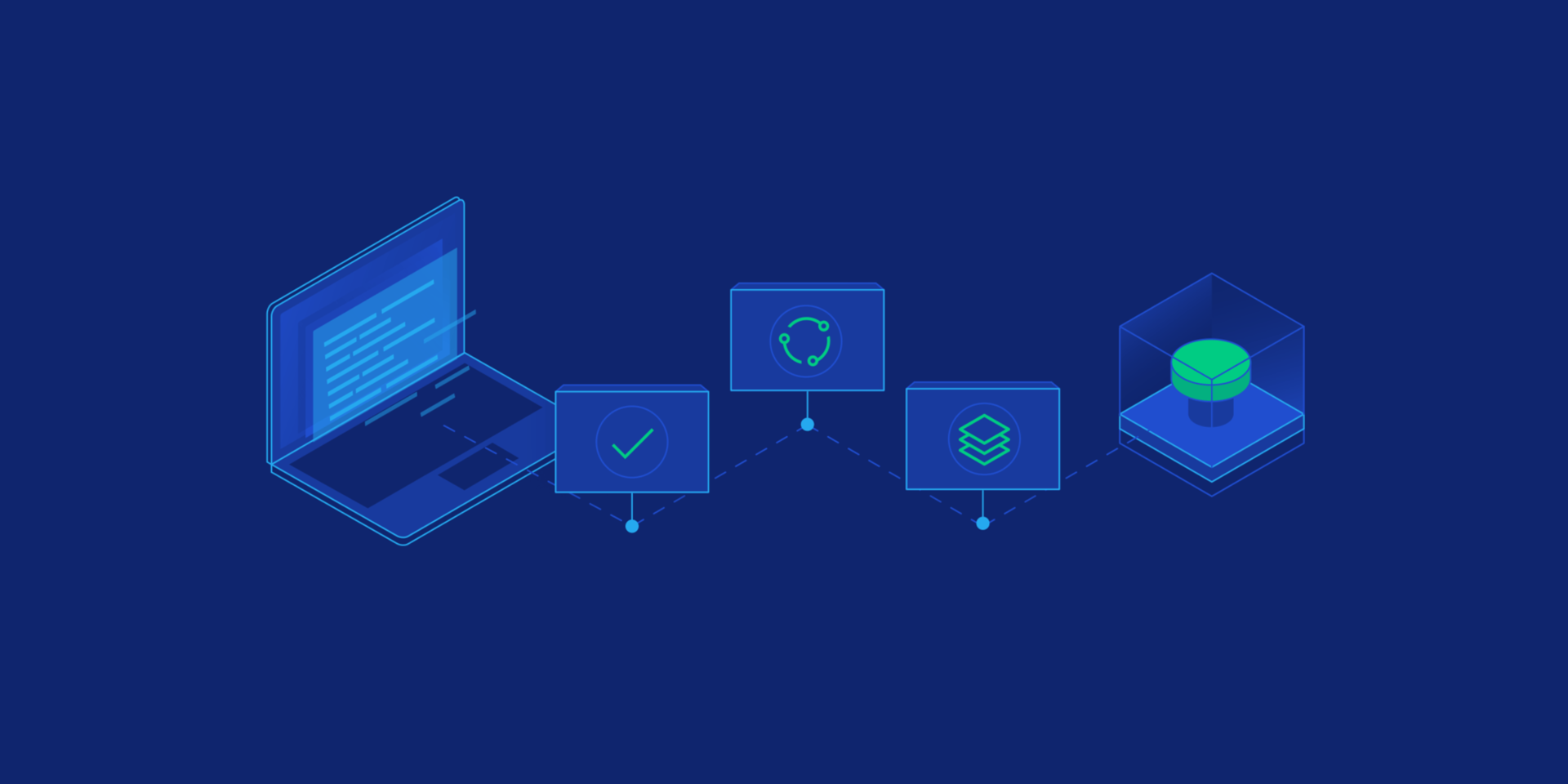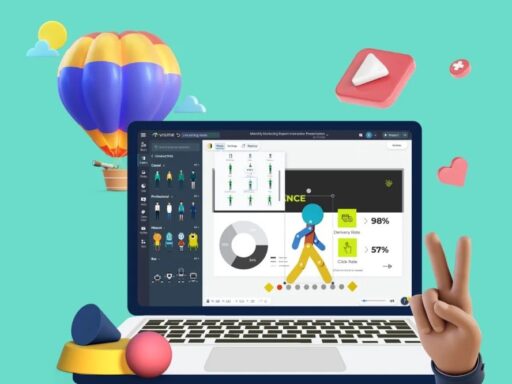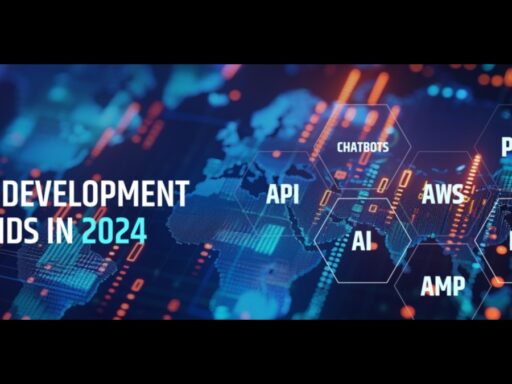Overview
The goal of continuous integration and delivery/deployment, or CI/CD, is to expedite and optimize the software development lifecycle.
The process of regularly and automatically integrating code changes into a shared source code repository is known as continuous integration, or CI. Integration, testing, and delivery of code changes are the two components of continuous delivery and/or deployment, or CD. While continuous deployment automatically delivers the updates into the production environment, continuous delivery stops short of that.
Why is CI/CD important?
CI/CD keeps a continuous cycle of software development and upgrades while assisting enterprises in avoiding defects and code failures.
Features of CI/CD can aid in reducing complexity, improving productivity, and streamlining workflows as apps get bigger.
Reduced downtime and quicker code releases are achieved by the automation of the manual human interaction that was previously required to release new code from a commit into production. Additionally, by integrating updates and code modifications more quickly, user feedback may be included more frequently and effectively, leading to better results for end users and an increase in overall customer satisfaction.
What is continuous integration?
Continuous integration, an automated procedure for developers that makes it easier to merge code changes back into a common branch, or “trunk,” is always referred to by the letter “CI” in CI/CD. To guarantee the dependability of merged code modifications, automated testing procedures are initiated concurrently with these updates.
The aim of modern application development is to have several developers working on various features of the same app at the same time. However, the resulting process can be laborious, manual, and time-consuming if an organization is configured to combine all branching source code together on a single day (referred to as “merge day”).
This is due to the possibility that modifications made to an application by an isolated developer may clash with those made by other developers concurrently. If every developer has tailored their own local integrated development environment (IDE) instead of the team deciding on a single cloud-based IDE, this issue may become much more problematic.
A solution to the issue of having too many branches of an application in development at once that could clash with one another is continuous integration, or CI.
When continuous integration (CI) is done right, an application’s modifications are automatically built and subjected to various forms of automated testing, most commonly unit and integration tests, to make sure the changes haven’t broken it. This entails testing each and every module that makes up the complete application, as well as the classes and functions. One advantage of continuous integration (CI) is that it makes it simpler to address defects more quickly and frequently when automated testing finds a conflict between new and old code.
What is continuous delivery?
After builds and unit and integration testing are automated in continuous integration (CI), continuous delivery automates the deployment of verified code to a repository. Therefore, it’s critical that continuous integration (CI) be a part of your development pipeline in order to have an efficient continuous delivery process.
Test and code release automation are part of every step in continuous delivery, from merging code changes to delivering builds that are ready for production. Upon completion of that procedure, the operations team can quickly release an application to production.
When an application is developed with continuous delivery, bugs are typically found in the code that is automatically tested and published to a repository (such as GitHub or a container registry). From there, the operations team can deploy the changes to a live production environment. It provides a solution to the issue of the development and business teams’ lack of visibility and communication. Consequently, the goal of continuous delivery is to guarantee that new code can be deployed with the least amount of work possible and to have a codebase that is constantly prepared for deployment to a production environment.
What is continuous deployment?
Continuous deployment is the last phase of a well-developed CI/CD process. As a continuation of continuous delivery, continuous deployment refers to the process of automatically releasing developer changes from the repository to production, where end users can access them.
The issue of operations teams being overburdened with manual procedures that impede app release is tackled by CD. By automating the subsequent pipeline stage, it expands on the advantages of continuous delivery.
When a developer makes changes to a cloud application, they could really go live minutes after they are written (provided automated testing succeeds). This is known as continuous deployment. This greatly facilitates the ongoing receipt and integration of user feedback. When combined, these related CI/CD techniques reduce the risk associated with deployment, making it simpler to deliver updates to apps incrementally rather than all at once.
However, continuous deployment mostly depends on well-designed test automation because there is no manual gate at the pipeline level prior to production. Because automated tests must be created to support a range of testing and release phases in the CI/CD pipeline, continuous deployment may necessitate a sizable upfront investment.
How continuous integration improves collaboration and code quality
Process mechanics and automation support the development philosophy of continuous integration. Developers that engage in continuous integration routinely push their code to the version control repository; most teams have a commit code norm of at least once per day. The reasoning behind this is that smaller code differentials, created over a shorter time span, are easier to discover with bugs and other software quality issues. Furthermore, there is a decreased possibility of many developers editing the same code and needing to merge it before committing when people work on shorter commit cycles.
Version control configurations and practice definitions are frequently where teams using continuous integration begin. Agile teams generate features and fixes on shorter and longer timelines, even while code is checked in often. Different strategies are used by development teams that practice continuous integration to manage which features and code are ready for production.
Feature flags are a setting technique that many teams use to enable and disable features and code during runtime. Under development features are marked in the code with feature flags, merged into the main branch for production deployment, and then disabled until they are ready for usage. Devops teams that employed feature flags saw a nine-fold increase in development frequency, according to recent research. To allow feature-level customizations, feature flagging technologies like CloudBees, Optimizely Rollouts, and LaunchDarkly connect with CI/CD tools.






